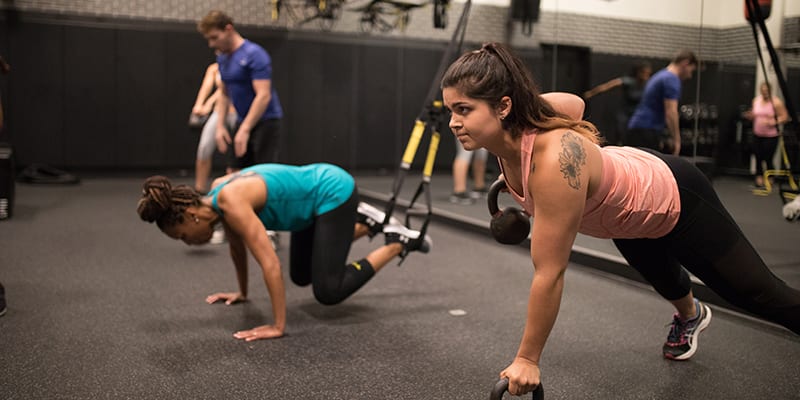Get to Know Your Muscles with Strength Training in Reisterstown
Any kind of exercising or working out involves working muscles. This includes both resistance (more strength-oriented) and aerobic (more endurance-oriented) training. Whatever the type of exercise, though, muscles contract to provide the force that makes the body move.
There are three types of contractions, two of which involve actual movements of muscles. All three require control of the muscles involved from start to finish.
THE 3 MUSCLE FUNCTIONS
1) Concentric
This is what almost everyone thinks of first when the idea of muscles working comes up. A concentric muscle contraction is a muscle shortening against resistance. For example, whenever an individual performs any kind of weight lifting exercise, the first part of moving the weight is a concentric contraction. The joint flexes, the muscle gets shorter (it tightens and becomes firmer to the touch), and the weight moves. A classic example of a concentric contraction is the first half of a bicep curl. The elbow bends, the hand comes closer to the shoulder, and the weight moves with the hand.
Concentric contraction is isotonic — the length of the muscle shortens as the tension remains the same.
2) Eccentric
This kind of contraction is a muscle lengthening against resistance. After the top of a repetition, when a person is returning the weight to its starting point, the muscle is now getting longer. An example of an eccentric contraction is the second half of the bicep curl.
Scientific studies have shown that the eccentric portion of a contraction actually provides a greater opportunity for developing muscle strength than the more familiar concentric contraction. The eccentric half of contractions have been found to be important in smoothing movements out. In fact, rehabbing Achilles and patellar tendon injuries involve working the eccentric rather than the concentric part of the muscles’ contractions.
Like the concentric, an eccentric contraction is also isotonic in nature.
3) Isometric
This is where the muscle stays the same length against resistance. Some experts contend that isometric contraction is the most efficient and safest way to increase muscle strength. Many sports and exercises count on static strength (holding muscles in one position) to properly perform a number of different movements.
Everyday activities, too, involve isometric contraction. A common example is when carrying something. All the arm muscles are working to hold the item, but those muscles are neither lengthening nor shortening, but they are tight. This tightness is an isometric contraction.
In Conclusion
In order for muscles to work, they need to contract. Whether they lengthen, shorten, or simply tighten, they are contracting in one way or another.





